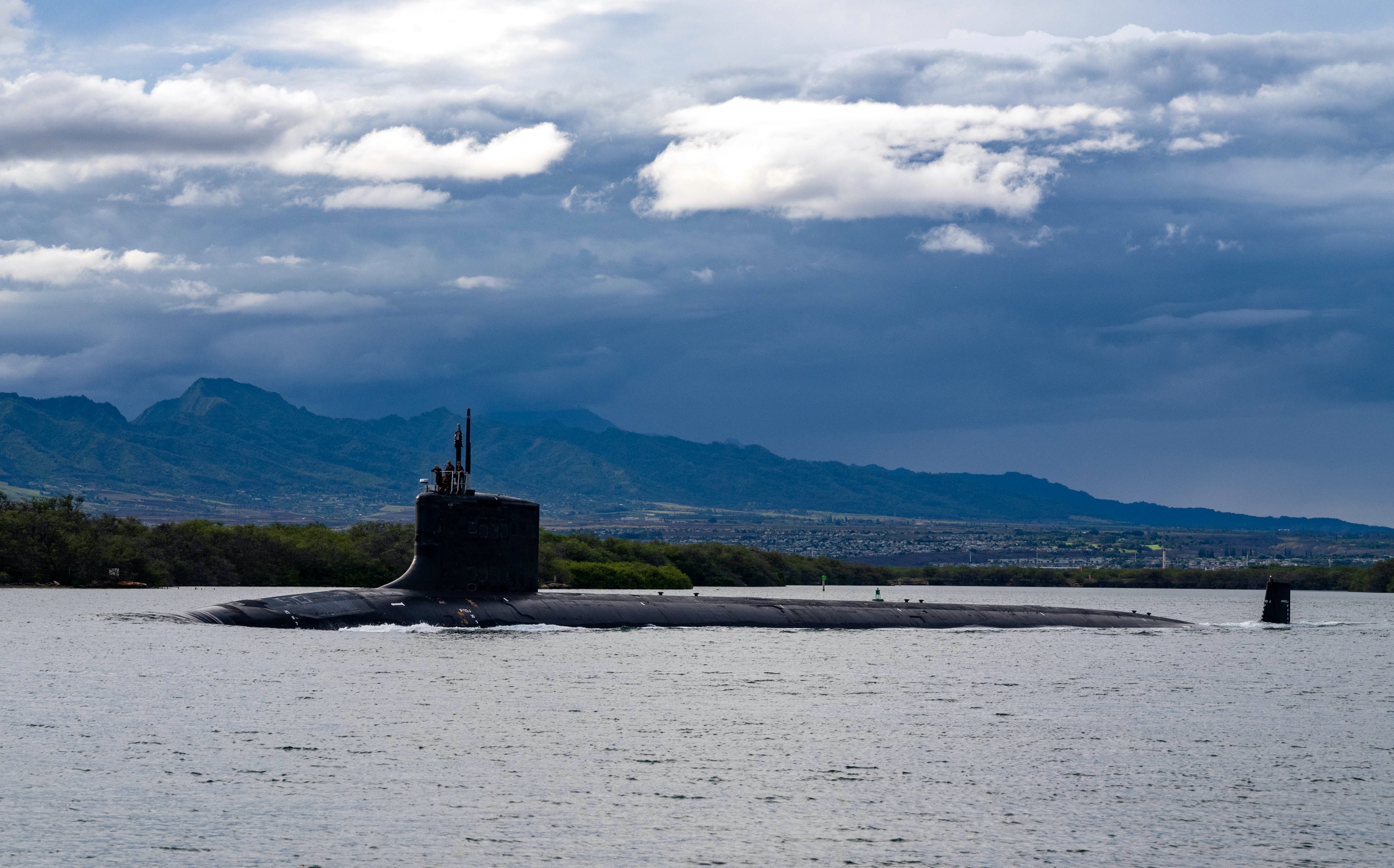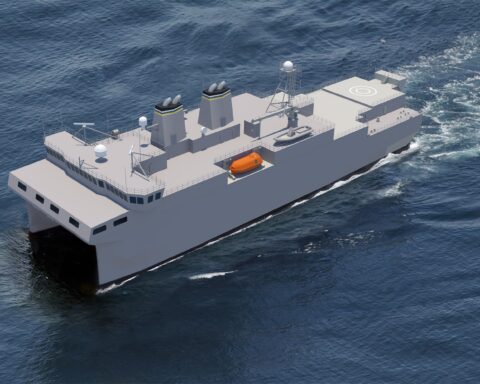The following is the Congressional Budget Office report, An Analysis of the Navy’s Fiscal Year 2022 Shipbuilding Plan.
From the report
In June 2021, the Department of Defense submitted to the Congress the Navy’s 30-year shipbuilding plan for fiscal year 2022.
The Congressional Budget Office is required by law to analyze that plan and assess its costs. The agency’s assessment is the subject of this report. In its 2022 plan, the Navy provided less information than it has in most previous plans; CBO’s analysis was limited to the information that the Navy provided.
- Fleet Size. Under the 2022 plan, the Navy’s fleet would grow from 296 manned ships today to between 398 and 512 manned ships and unmanned vessels at some unspecified date in the future. The number of manned ships would increase to between 321 and 372, and the inventory of unmanned surface and undersea vessels would rise from just a few prototypes today to between 77 and 140.
- Cost. CBO estimates that the cost of shipbuilding for a fleet of 398 to 512 manned ships and unmanned vessels as envisioned in the 2022 plan would be about $25 billion to $33 billion (in 2021 dollars) per year, over 30 years, compared with an average of about $23 billion per year over the past five years.
- Missile Capacity. A key implication of the Navy’s plan is that it would reduce the number of vertical launch system (VLS) cells, which provide the main missile capability on surface ships, but increase the number of manned ships and unmanned vessels capable of carrying them. The size of the reduction could be as little as a few hundred missiles or as many as a few thousand depending on the number of ships and unmanned systems in the future fleet and their capacity for carrying missiles. The number of ships and vessels capable of carrying missiles, however, could increase by nearly 70 percent, posing a much harder targeting problem for an opposing fleet.
Background
The Congress requires the Navy to submit with its budget a shipbuilding plan that describes the annual inventory, purchases, deliveries, and retirements of the ships in its fleet over the next 30 years. The Navy’s 2022 plan discussed, in broad terms, how the fleet should evolve in coming decades to meet the nation’s national security challenges. However, it omitted many details that are found in previous plans, including all of the annual long-term projections. The plan also omitted any discussion of costs, other than the budget request for the ships the Navy would purchase in 2022.
As of August 2021, the Navy’s fleet numbered 296 battle force ships—aircraft carriers, submarines, surface combatants, amphibious warfare ships, combat logistics ships, and some support ships. It does not yet include substantial numbers of unmanned surface or undersea vessels, although the Navy is researching and experimenting with a number of prototype systems.
Download the document here.





